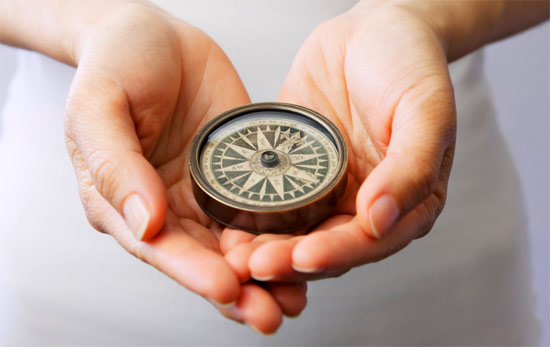Gabi Kamran
Editor-in-Chief
I realized during my family’s Rosh Hashanah dinner that the greatest ideas often come to us when we take a moment to look around. As my cousin waved an apple slice in the air and explained its symbolism for a sweet new year, I found my eyes wandering to the booklet of blessings resting beside my dinner plate. I skimmed the translations: please grant us a good new year…let our mitzvot be as plentiful as the seeds of a pomegranate…we pray that our enemies shall depart…that our haters shall be cut down…that there come an end to those who wish evil upon us — wait a second. How come so many of the Rosh Hashanah blessings have to do with the destruction of our enemies? How come we start off our new year, the holiday right before Yom Kippur, by wishing for someone else’s ruin? Isn’t that sort of…sinful?
Several days later, Rabbi Gordon Bernat-Kunin would explain to me that the blessings are likely remnants of a period in history when the Jews were being persecuted or oppressed. By continuing to recite them each year, we are not so much embracing these ideals of destruction as we are paying homage to the suffering of our ancestors. But in the moment, as I watched my cousin pass a dish of honey around the table, I struggled to find contemporary meaning in the ancient Rosh Hashanah blessings. After some contemplation, I realized something: all of those prayers about our enemies have to do with external elements. If Yom Kippur is a time to reflect on what we need to improve within ourselves, could it be that Rosh Hashanah is a time to contemplate the things that need improvement in our surrounding world?
It makes sense that Rosh Hashanah would be the day to put society under the microscope. After all, it is believed to be the anniversary of the creation of Adam and Eve. It seems appropriate to commemorate the dawn of humanity with an examination of the state of humanity today. Where does it shine through, and where does it need help to peer through the cracks? This doesn’t only refer to the state of global affairs, like the current conflicts in Iraq, Syria, or Israel and Gaza. It could also point to the headlines in your own life: how your little sister is being bullied by a classmate, or how your friend is struggling in an important class.
You’re probably wondering why I’m talking at length about Rosh Hashanah when the holiday has already passed. It’s just that I also happened to realize something about the relationship between the two High Holy Days. Maybe we are meant to reflect on the world around us before we reflect on ourselves because Rosh Hashanah serves as a guiding compass for our repentance on Yom Kippur. Rosh Hashanah lets us know where we’re needed, and Yom Kippur gives us a chance to start heading there. If you recognize that your sister is being mistreated, you can resolve to take some measures to protect her from the bullies and talk to her in order to lift her spirits. If you realize your friend is struggling, you could plan to take some time out of your busy schedule to help him study. Of course these are only simple examples, and the possibilities are endless.
But really, I think the most important thing to remember is that great things can happen when you simply take a look around.
Shanah tovah and g’mar chatimah tovah.




